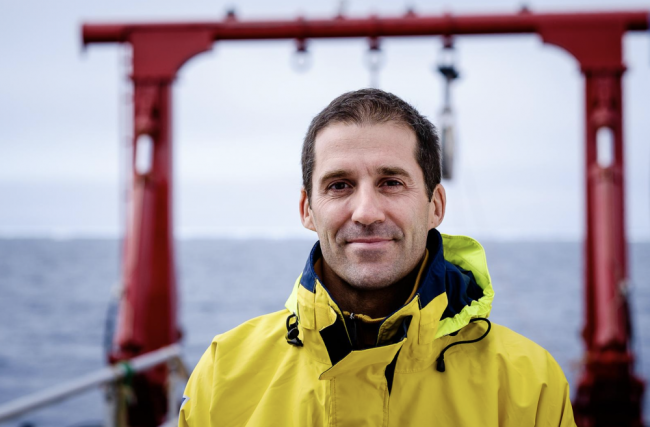The fluid dynamics of deep-sea mining sediment plumes
Events | Mechanical Engineering
The fluid dynamics of deep-sea mining sediment plumes
February 22, 2021 7:30 AM

Speaker
Thomas Peacock Professor at Mechanical Engineering Department at MIT ENvironmental Dynamics Laboratory (ENDLab).
Location
Via Zoom
Type
Seminar
Abstract
The abyssal ocean possesses vast reserves of minerals such as nickel and cobalt, many times those of all global land-based reserves, in the form of polymetallic nodules. Trillions of these nodules, which took millions of years to accrete, are openly strewn across the abyssal plains. In recent years there has been a substantial increase in activities on the topic of deep-sea mining. Of particular importance is the extent of the sediment plumes that would be generated by such activity. Potentially two-types of sediment plumes would be created: one in the wake immediately behind a collector vehicle operating on the seabed; and potentially another discharged into the water column from a surface operation vessel. Through a combination of modeling, laboratory experimentation and field studies, we provide insight into the fundamental processes that govern the scale of such plumes.
Bio-sketch
Thomas Peacock is a Professor in the Mechanical Engineering Department at MIT, where he runs the ENvironmental Dynamics Laboratory (ENDLab). He is the recipient of an NSF Career Award in Physical Oceanography and Editor of the journal CHAOS. His research focuses on Environmental Fluid Dynamics, Physical Oceanography and Nonlinear Dynamics, utilizing laboratory experiments, theory, numerical simulation and field studies. Recent field programs include the Arctic Ocean and the Western Pacific. The ENDLAB team recently completed a significant study of deep-sea mining sediment plumes in the Eastern Pacific, and are preparing to participate in environmental monitoring of a field trial of deep-sea mining collector technology in the Pacific Ocean. An invited article on "Deep Sea Mining" is currently in preparation for Annual Review of Fluid Mechanics.
Attachments are